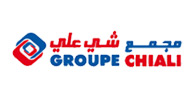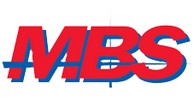A | B | C | D | E | F | G | H | I | J | K | L |
M | N | O | P | Q | R | S | T | U | V | W | X | Y | Z | 0-9 |
  AJOUTER AUX FAVORIS AJOUTER AUX FAVORIS |
 |
Laboratories are demanding a new era of mass spec equipment that provides higher throughputs, shorter testing times, and smaller footprints.
Sarah Smith
Mass spectrometry is the workhorse of analytical chemistry. It performs the analysis of the sample, making mass spec equipment an essential part of the analytical instrumentation market. A recent shift in the laboratory landscape, though, is forcing a change in the size and functionality of mass spec equipment. Laboratories are requiring shorter testing times with faster throughput in a smaller footprint, and these new demands are driving the market to develop smaller, higher performance systems.
Traditionally, mass spec systems have been used for routine testing in biotechnology, pharmaceuticals, food safety, petrochemicals, and environmental analysis. Mass spec equipment, which usually consists of a large box with a footprint that can easily take up a 6-ft laboratory benchtop, typically performs one task slowly with a retention time ranging from five minutes to 10 hours, depending on the type of test and molecules analyzed.
The mass spec market is an intensely competitive climate, and companies are looking to distinguish their product offerings with features that not only enhance the performance of routine functions such as clinical diagnostic testing, but that will also facilitate more demanding processes, such as analysis of biomarkers and biologic drugs.
Old Technologies, New Markets
 140 000 catalogues
140 000 catalogues












































 MadeForIndustry en France
MadeForIndustry en France MadeForIndustry au Maroc
MadeForIndustry au Maroc MadeForIndustry en Algerie
MadeForIndustry en Algerie MadeForIndustry en Tunisie
MadeForIndustry en Tunisie